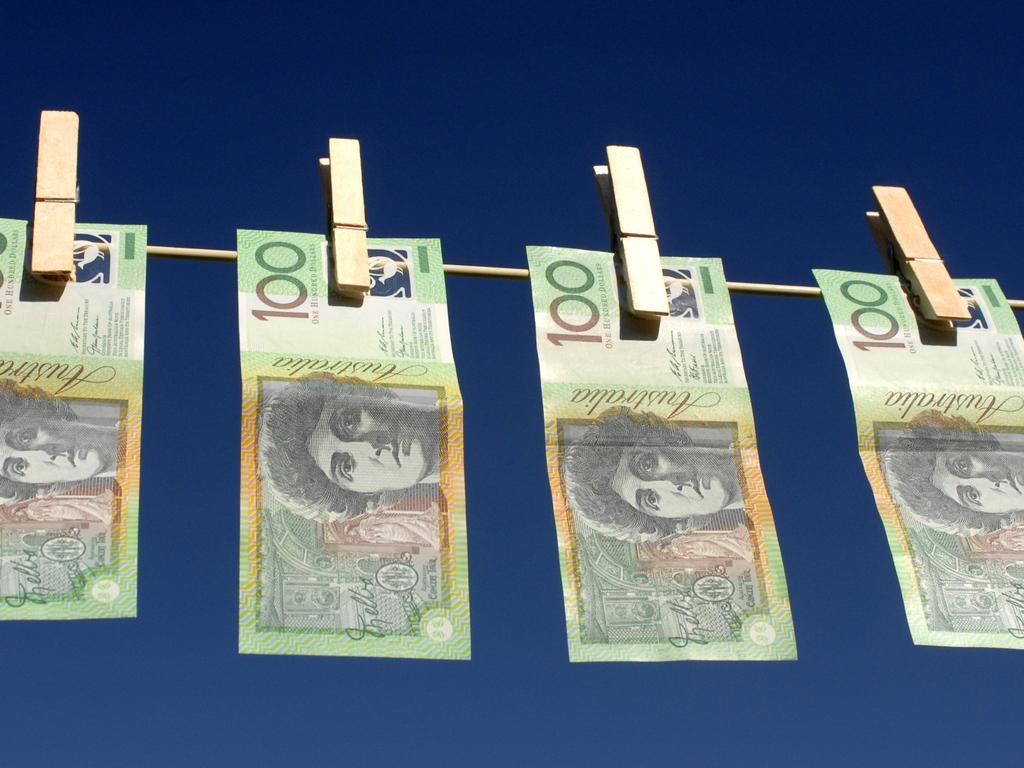APRA legal threat behind superannuation fund name and shame
Eight of Australia’s worst super funds have been named and shamed and warned that they could be taken to court.

The prudential regulator has warned of legal action against eight trustees as it named and shamed the worst super funds, amid a push for lower fees and higher performance.
The data from the Australian Prudential Regulatory Authority, released on Friday, comes 12 months after the first so-called heatmaps were published last December.
The figures reveal a world of difference between the best and worst in show.
Many funds at the bottom of the rung last year remain low on the heatmaps.
BT Funds Management Westpac Group MySuper was ranked the worst in the country for a six-year net investment return of only 3.4 per cent per annum.
This was followed by BT Fund’s Asgard Employee MySuper and BT Super MySuper, where returns were only 3.42 and 3.43 per cent respectively.
Equity trustees AON Master Trust MySuper delivered only 4.3 per cent.
That’s compared to the BEST Superannuation’s Goldman Sachs & JBWere Superannuation MySuper, which returned 8.29 per cent over six years.
In 2019, BEST Superannuation was identified as one of the worst performers for disclosed fees on MySuper balances of $10,000, at 3.79 per cent.
However, the data from APRA showed total fees on BEST Superannuation accounts had fallen to 1.07 per cent by 2020.
This is still well above many other funds.
Mercer Superannuation’s Mercer SmartPath account was rated the worst in the country, with total fees of 2.32 per cent.
Mercer announced on 1 December it would drop fees across its MySuper accounts by 38 per cent.
This was followed by the BUSS (Queensland) fund, which represents the building union in the Sunshine state, where fees topped 2.2 per cent.
IOOF’s MySuper account came in third worst, with fees of 2.2 per cent.
The paper from APRA shows 11 MySuper products have exited the superannuation industry in the 12 months since the heatmaps were first published.
Funds on MySuper accounts have also fallen for 71 per cent of members, with APRA estimating $408m in savings on total fees and costs since 2019.
APRA deputy chair Helen Rowell said the heatmaps showed the success of holding superannuation trustees to public scrutiny.
“The MySuper product heatmap shines a light on those trustees who are failing their members by charging high fees and not delivering good long-run returns,” she said.
“The impact has been immediate in the area of fees and costs, with MySuper members saving hundreds of millions of dollars in fees since the release of the first heatmap. And despite an immensely challenging year with COVID-19, more than half of MySuper products exceeded our investment benchmarks over six years.”
But Ms Rowell said APRA remained concerned that some of the funds identified as the poorest performers 12 month ago remained in that position in 2020.
APRA said it would now be reviewing whether eight trustees of 10 MySuper products may have “failed in their obligations to members of these products, including possible breaches of the Superannuation Industry (Supervision) Act 1993 (SIS Act)”.
The corporate regulator said it would be issuing notices in coming days to these trustees “to provide information to APRA in relation to the underperformance of some of their MySuper products and the actions being taken to address that underperformance”.
APRA has said it would look at the potential use of formal enforcement powers following further consideration of the information from these trustees.







To join the conversation, please log in. Don't have an account? Register
Join the conversation, you are commenting as Logout